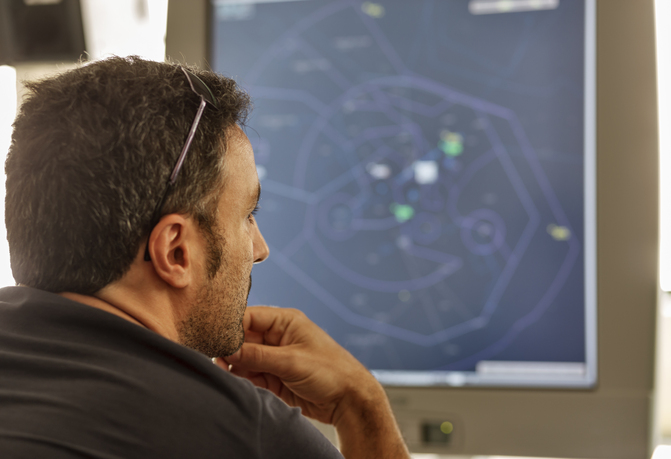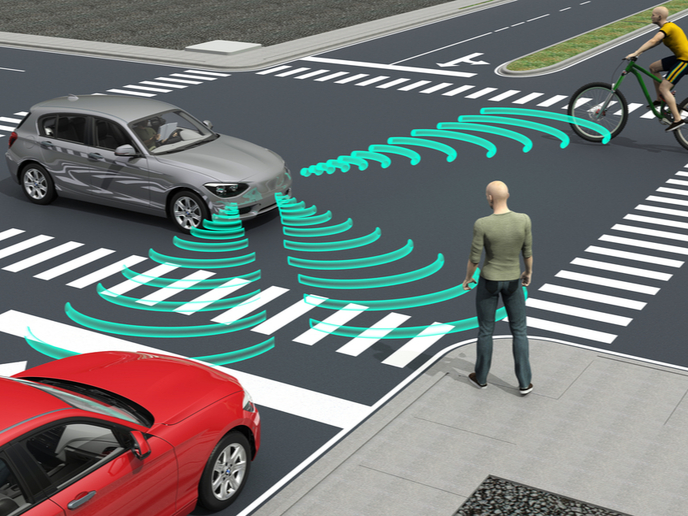Finding automation’s place within air traffic control systems
Automated systems already play a big role within the aviation industry. Airlines regularly use artificial intelligence (AI) for everything from planning new routes to communicating with customers, optimising fuel efficiency, and even conducting predictive aircraft maintenance. Yet the technology’s role has largely been limited to what the industry refers to as non-safety-critical applications. It hasn’t yet found its way into air traffic control(opens in new window) (ATC) systems. “Aviation is extremely safety-conscious – and for good reason,” says Stefano Bonelli, project coordinator of the MAHALO(opens in new window) (Modern ATM via Human/Automation Learning Optimisation) project. “Today’s AI models simply lack the accuracy needed to meet aviation’s stringent safety standards.”
Training and certifying AI for ATC
Bonelli, head of Innovative Human Factors at project host Deep Blue(opens in new window), explains that even if the models could pass the safety test, that still wouldn’t translate into immediate use. “Before implementation, an AI system would have to go through a complex certification process,” he adds. “Because neural networks are comprised of thousands of trainable parameters, it would be nearly impossible to inspect and certify each and every one of them.” There’s also the issue of training the model. “ATC is so complex, accounting for every possible variable and scenario imaginable, that training an AI system would require gathering vast amounts of data,” explains Bonelli. Does this mean there’s no place for AI inside the ATC tower? According to Bonelli, not necessarily. “Using AI would allow for better use of the airspace, help reduce traffic jams and delays, improve fuel efficiency, and, most importantly, increase safety,” he says. “The challenge is finding the right balance between automation and human control.” Funded within the framework of the SESAR Joint Undertaking(opens in new window), MAHALO aimed to better understand the type of automation best suited for ATC systems. “Instead of assuming that AI would replace the entire system, we looked at such factors as how much AI should be used, where it would be most beneficial, and whether it should perform tasks autonomously or serve as a tool to support the human controller’s decision-making,” explains Bonelli. To answer such questions, the project developed and tested a hybrid machine learning system. This was trained to solve critical ATC tasks such as detecting and resolving en route traffic conflicts.
Putting trust at the centre of AI systems
The main focus of the MAHALO project, however, was how air traffic controllers interact with such systems. “If AI is to succeed, the individual controller must not only understand how to use it, they must also accept what it can do and, even more importantly, trust that it can do it,” remarks Bonelli. “If they don’t trust the system, they simply won’t use it.” Researchers found that controllers were more open to using systems that aligned with their preferred solutions and that did not increase individual workloads. They also found that while controllers were open to using the machine learning system, they were less enthusiastic about accepting every proposed solution and basing decisions on the system’s outputs without first inspecting them. According to Bonelli, this last point shows why involving end users is absolutely critical when developing new ATC solutions. “One of the most important issues raised by air traffic controllers was the importance of taking their needs and opinions into account,” he concludes. “For me, this is one of the project’s biggest successes – we put the human at the centre of AI.”







